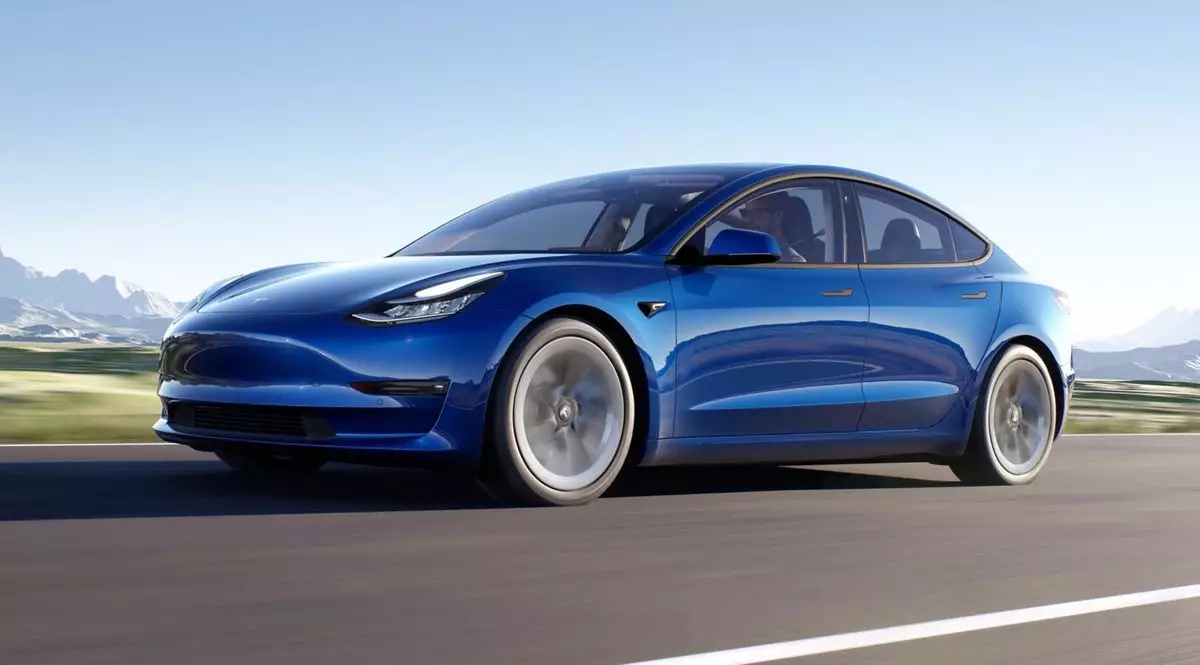For several years, Tesla CEO Elon Musk has consistently conveyed a vision of a future where full self-driving (FSD) technology is just around the corner. Each year, he would assure Tesla owners and the public that a breakthrough update was imminent. However, recent statements during a conference call have cast significant doubt on these previous assurances. Musk suggested that the latest self-driving hardware, known as HW3, may not achieve the safety levels required to operate autonomously without human supervision. This admission places Tesla’s long-promised FSD capability into a state of uncertainty, highlighting the difference between Musk’s aspirational vision and the technical realities facing the company.
At the core of this discussion is the distinction between the different levels of autonomous driving, particularly Levels 4 and 5, which are identified as true self-driving capabilities. Level 4 permits full autonomy in predefined geofenced areas, while Level 5 aims for complete driverless operation without restrictions. The HW3 chip was introduced in 2019 as Tesla’s solution to drive the company toward achieving these advanced levels of autonomy, but the latest update suggests that HW3 may not be sufficient to deliver on the FSD promise. Musk candidly acknowledged that the potential for this hardware to reach the requirements for FSD remains uncertain, saying, “we don’t actually know the answer,” bringing to light the unpredictability of technological advancements in this arena.
In the wake of this disheartening news, Musk offered a semblance of reassurance by announcing that Tesla owners with HW3 would have access to a free upgrade to the more advanced HW4 system. The HW4 computer boasts several times the processing capabilities of its predecessor, making it an attractive option. Musk explained that transitioning to HW4 is advantageous due to its higher efficiency in integrating self-driving capabilities compared to squeezing improvements into the older system. However, this promise of upgrade comes with caveats. There are doubts as to whether existing Tesla models equipped with HW3 can accommodate the new HW4 computer due to differences in power and camera configurations.
Technical Limitations: The Challenge of Retrofits
The potential retrofit from HW3 to HW4 poses a challenge not just in terms of the computer itself, but also the related hardware, particularly the camera systems. The HW4 system introduces cameras that offer significantly improved resolution and low-light performance—specifically five times the resolution of the HW3 system. This advancement raises the question of whether it is even feasible or practical to replace the existing cameras with the new technology within the current Tesla models. A custom-engineered version of HW4 may be necessary for retrofitting, and the complexity of such modifications could deter Tesla from moving forward with upgrades, despite Musk’s enthusiasm about the capabilities of the new hardware.
This development has left many Tesla enthusiasts and owners grappling with a sense of uncertainty concerning the FSD promise. Historically, technologies developed byTesla have often been perceived as aspirational, with their implementation frequently lagging behind Musk’s bullish predictions. Although Musk’s current outlook suggests that the HW4 may lead to the realization of true self-driving technology, the challenges associated with retrofitting and the inherent limitations of the older HW3 systems serve as stark reminders of the hurdles facing electric vehicle manufacturers.
While a robust self-driving vehicle conjures dreams of effortless travel and enhanced road safety, the reality is that we are still at an intersection where technological ambition meets practical realization. Much like the quest for a reasonably priced mid-range graphics card, Tesla’s journey towards achieving fully autonomous vehicles appears perpetually just beyond reach, tantalizing in its prospects, yet elusive in its fulfillment. What remains crucial is Tesla’s dedication to innovation and adaptation, as these factors will ultimately determine whether their self-driving aspirations can truly materialize.

